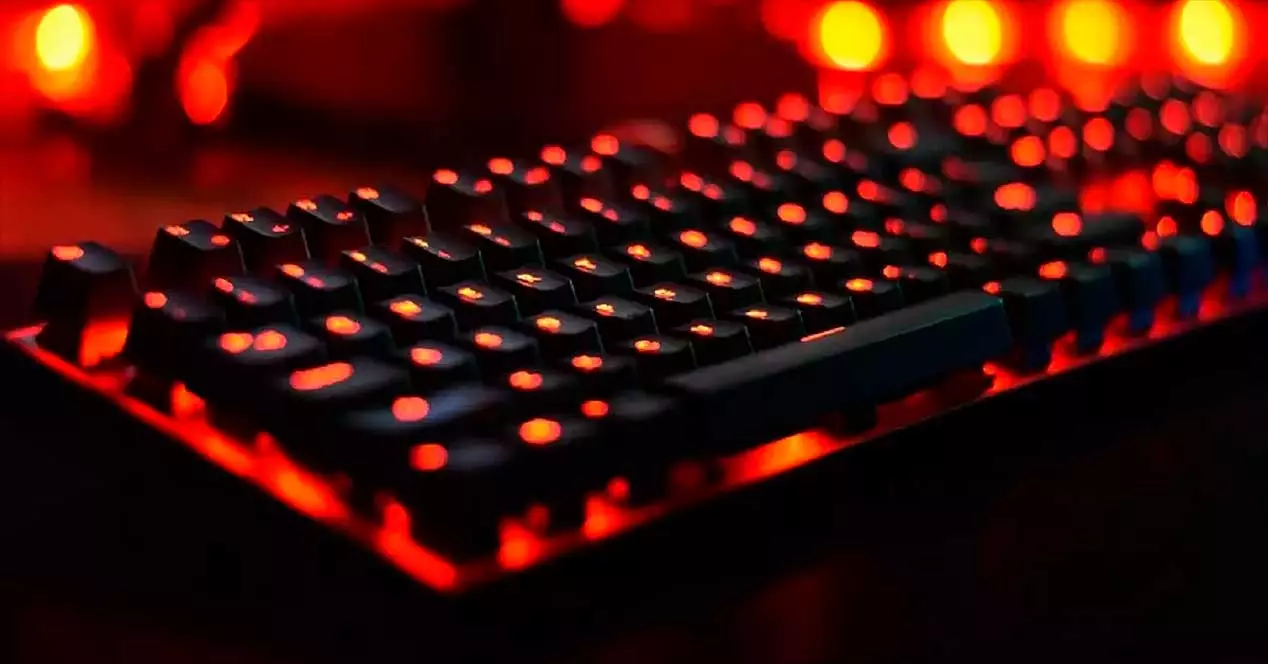A keyboard layout manager will allow a computer user to choose whatever 60 mechanical keyboard layout will suit his need. This flexibility enables him to enjoy and use his personal computer with more ease and convenience.
In the context of computing, a keyboard closely resembles the typewriter keyboard. It is an arrangement of buttons or keys that are engraved or printed with characters. By pressing any of the keys of a keyboard, written symbols are produced. Often, one instance of key press will produce a corresponding character or symbol. However, two or more keys may also be pressed all at the same time or in sequence in order to produce other written symbols. Usually, the letters, numbers, and signs that are printed on keyboard keys are associated with the language of the computer user.
There are numerous keyboard layouts available to computer users. Keyboard layout refers to the arrangement of symbols on keyboards. The existence of different keyboard layouts resulted because different computer users have different needs for easy access to different characters and symbols. Another reason could be the difference in languages used. Moreover, specialized keyboard layouts have also been created especially for those in the fields of computer programming, mathematics, and accounting.
Among all existing keyboard layouts, the most common is the QWERTY layout which had been based on the keyboard layout of mechanical typewriters. Christopher Sholes came up with QWERTY layout because he wanted to prevent jamming from occurring. The jamming resulted when commonly used letters are arranged next to each other. Since then, the QWERTY layout had been the de facto keyboard layout standard, and this had been the case even when the electronic keyboards were produced. Alternative keyboard layouts now exist, like the Dvorak and Colemak layouts, but these are still not as popular as the original. Aside from the layout of the keys, the number of keys in keyboards may also vary. Some have the standard 101 keys while others, like the Windows keyboards, have 104 to 130 keys. Some computer keyboards also feature power management keys that control the power management status of a computer. These keys include the Power key, the Wake key, and the Sleep key. The Power key is pressed when turning on or off the computer. The Wake key, meanwhile, is used to “wake” the computer system from standby mode. The computer is in “standby mode” or in “sleep mode” when the Sleep key is pressed. In these two modes, the computer does not use as much power as it normally does when it is in active mode.

More Stories
How Bronx No-Fault Doctors Prepare Medical Records for Court Evidence
Pain Management Options Offered by New York Car Accident Doctors
Safepal: Revolutionizing Cryptocurrency Security with Cutting-Edge Solutions